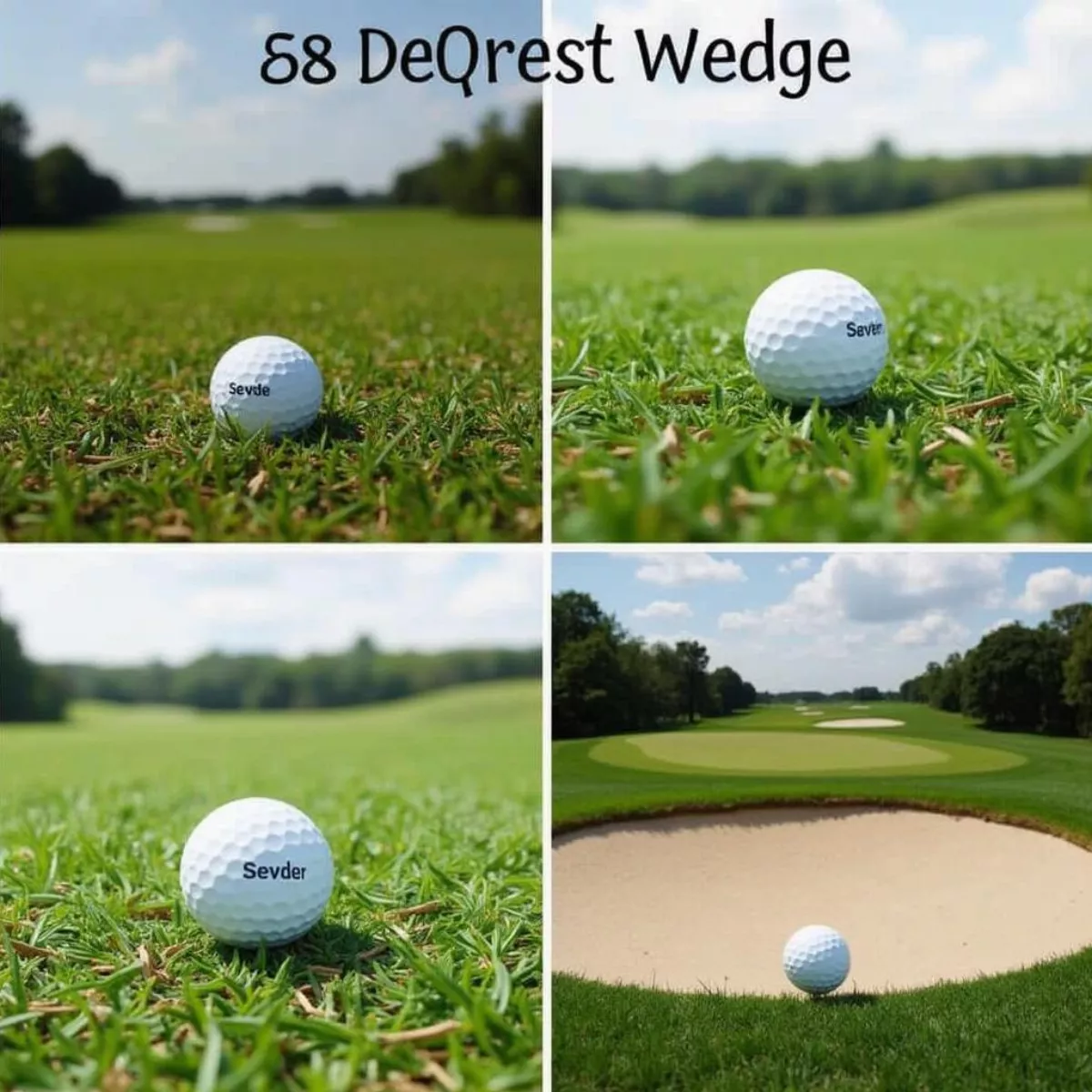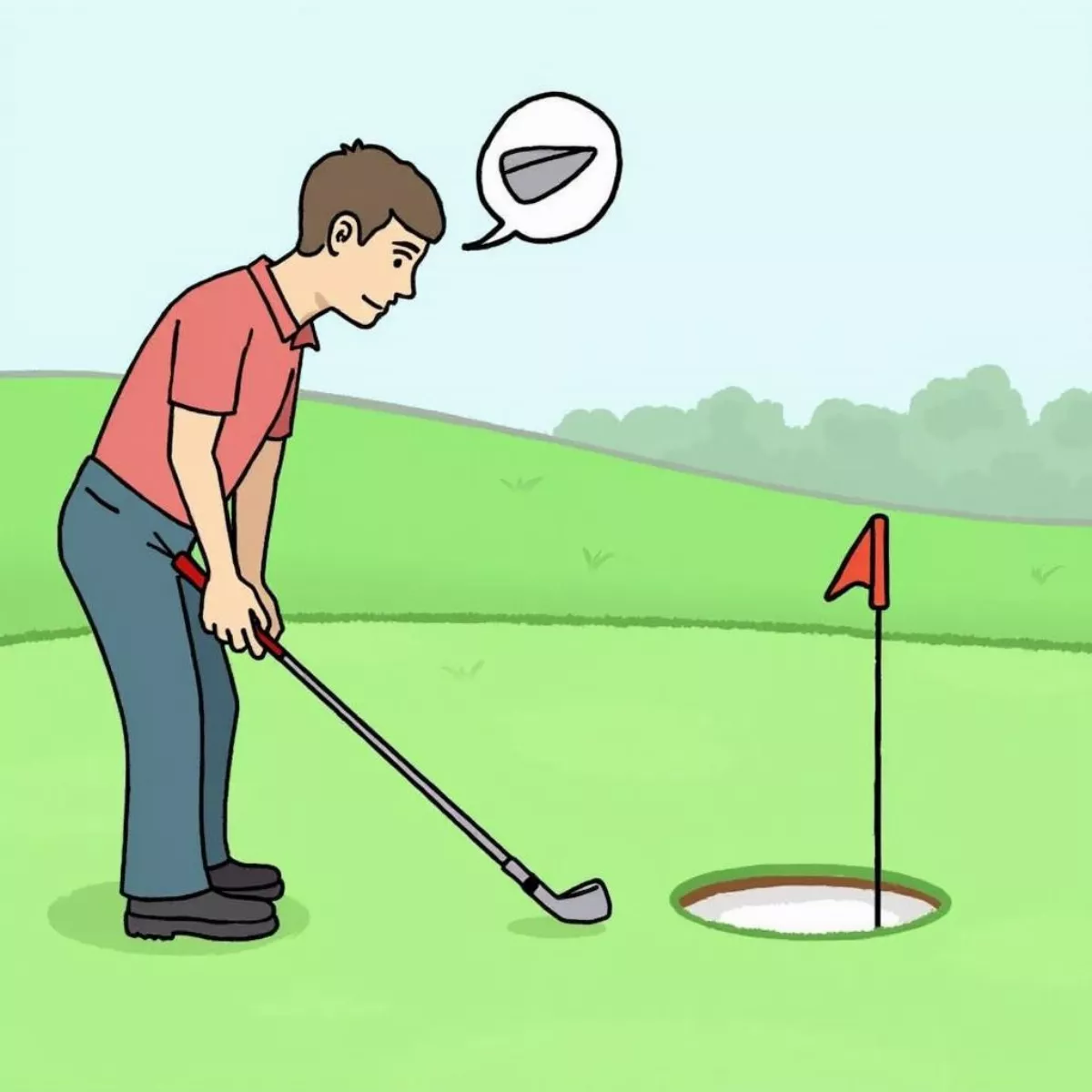Golf enthusiasts know that the right club can make all the difference. Among the critical tools in your golf bag, the 58 degree wedge is often overlooked yet crucial for a range of short game situations. In this comprehensive guide, we’ll delve into what a 58-degree wedge is, its uses, and tips for mastering it in your game.
Understanding the Basics of Wedges
Before diving into the specifics of a 58-degree wedge, let’s take a brief look at the different types of wedges and their roles in golf:
- Pitching Wedge (PW): Typically ranges from 44 to 48 degrees loft. It’s used for longer approach shots.
- Gap Wedge (GW): Usually falls between 50 to 54 degrees, helping fill the distance gap between a pitching wedge and a sand wedge.
- Sand Wedge (SW): Generally has a loft of 54 to 58 degrees, designed for bunker play and short chips.
- Lob Wedge (LW): Has a loft of 58 to 64 degrees and is named for its ability to hit high, soft shots.
A 58 degree wedge usually sits comfortably in the middle, offering versatility for various situations around the greens.
The Purpose of a 58 Degree Wedge
The 58 degree wedge is one of the most versatile clubs in your bag. Here’s why it’s invaluable:
- Short Approaches: Perfect for hitting those delicate approach shots when you need to land the ball softly on the green.
- Chipping Around the Greens: Ideal for tight lies or for getting under the ball quickly to flop it over an obstacle, like a bunker.
- Bunker Play: Effective for getting out of deep sand traps when you need extra loft to ensure the ball lands softly.
- Lob Shots: Excellent for executing high shots that require precision and control.
 Golfer using 58 degree wedge for a chip shot
Golfer using 58 degree wedge for a chip shot
How to Use a 58 Degree Wedge Effectively
To harness the full potential of your 58 degree wedge, follow these steps:
- Proper Grip:
- Ensure you have a relaxed grip—this allows for better control and feel.
- Setup:
- Stand with your feet shoulder-width apart and align the ball position slightly forward in your stance.
- Chipping Techniques:
- Use a clean, descending blow to make contact with the ball. The goal is to strike the ball first, followed by the ground.
- Full Swings:
- For longer shots, maintain a smooth tempo. Avoid trying to overswing; the club’s loft is there to help you get the height.
- Practice Different Lies:
- Spend time hitting from various lies (rough, fairway, and bunkers) to get comfortable with the club’s performance in different scenarios.
 Different lies of golf ball: rough, fairway, sand
Different lies of golf ball: rough, fairway, sand
Tips for Mastering the 58 Degree Wedge
- Choose the Right Bounce: The bounce of the wedge is critical for how the club interacts with the ground. A wedge with a flatter sole will work better in firm conditions, while more bounce is beneficial in softer conditions.
- Experiment with Different Shots: Don’t be afraid to experiment with open-faced shots or different swing techniques. This will help you understand how the club reacts.
- Utilize Practice Drills: Set up various drills to enhance your feel and touch. For instance, placing targets at different distances can improve your accuracy and consistency.
- Regularly Check Your Equipment: Ensure your 58-degree wedge is fit for your swing style. Check the lie angle, shaft length, and grip size to enhance your performance.
A Closer Look: Advantages and Disadvantages
| Advantages | Disadvantages |
|---|---|
| – Excellent for precision short game shots | – Not suitable for longer approach shots |
| – Versatile for various lies and conditions | – Requires practice to master |
| – Ideal for delicate chips and flops | – Can be challenging for beginners to use effectively |
 Golfer analyzing shot distance with 58 degree wedge
Golfer analyzing shot distance with 58 degree wedge
Key Takeaways from Your 58 Degree Wedge
- Versatile Functionality: The 58-degree wedge is effective for a myriad of shots: short approaches, delicate chips, and bunker escapes.
- Practicing Different Techniques: Using various drills can significantly enhance your short game capabilities.
- Personalization: Ensure your wedge suits your swing style for optimal performance.
Frequently Asked Questions
1. What is the typical loft of a 58 degree wedge?
- The loft of a 58 degree wedge is precisely 58 degrees, designed for high and soft shots.
2. Can I use a 58 degree wedge in the bunkers?
- Absolutely! It’s especially useful for getting out of sand traps due to its high loft.
3. How does a 58 degree wedge compare to a lofted club like a Lob Wedge?
- A lob wedge typically has a loft ranging from 60 to 64 degrees, making it more specialized for very high shots, while the 58 is a bit more versatile.
4. Should I carry a 58 degree wedge if I have a sand wedge?
- Yes! The 58 degree wedge offers more versatility for certain shots that your sand wedge may not be suited for.
5. What swing technique should I use with a 58 degree wedge?
- Focus on a smooth tempo with a descending blow to make solid contact. Practice consistently for best results.
6. How can I measure my distance with a 58 degree wedge?
- Track how far you hit various full and partial swings from the range to gauge your distance.
7. What types of shots can I practice with this wedge?
- You can practice flop shots, delicate chips, and shots from the rough or bunkers.
8. Is a 58 degree wedge suitable for beginners?
- While it’s a versatile club, beginners may require more practice to handle its loft effectively.
9. What’s the difference between a 58 degree wedge and a gap wedge?
- A gap wedge generally has less loft (50-54 degrees), making the 58 more suitable for higher, shorter shots.
10. Can I use a 58 degree wedge for full swings?
- Yes, while it’s primarily used for shorter shots, you can use it with a full swing for shorter approach shots.
Conclusion
A 58 degree wedge can be a game-changer if used effectively. From delicate chips to explosive plays out of bunkers, understanding how to wield this versatile club can enhance your short game prowess significantly. Regular practice, the right techniques, and understanding your club’s capabilities will propel your game to new heights.
So grab your 58 degree wedge, hit the practice area, and start transforming your approach shots into birdie opportunities!
For further insights, check out our articles on short game techniques and improving your putting. Happy golfing!

